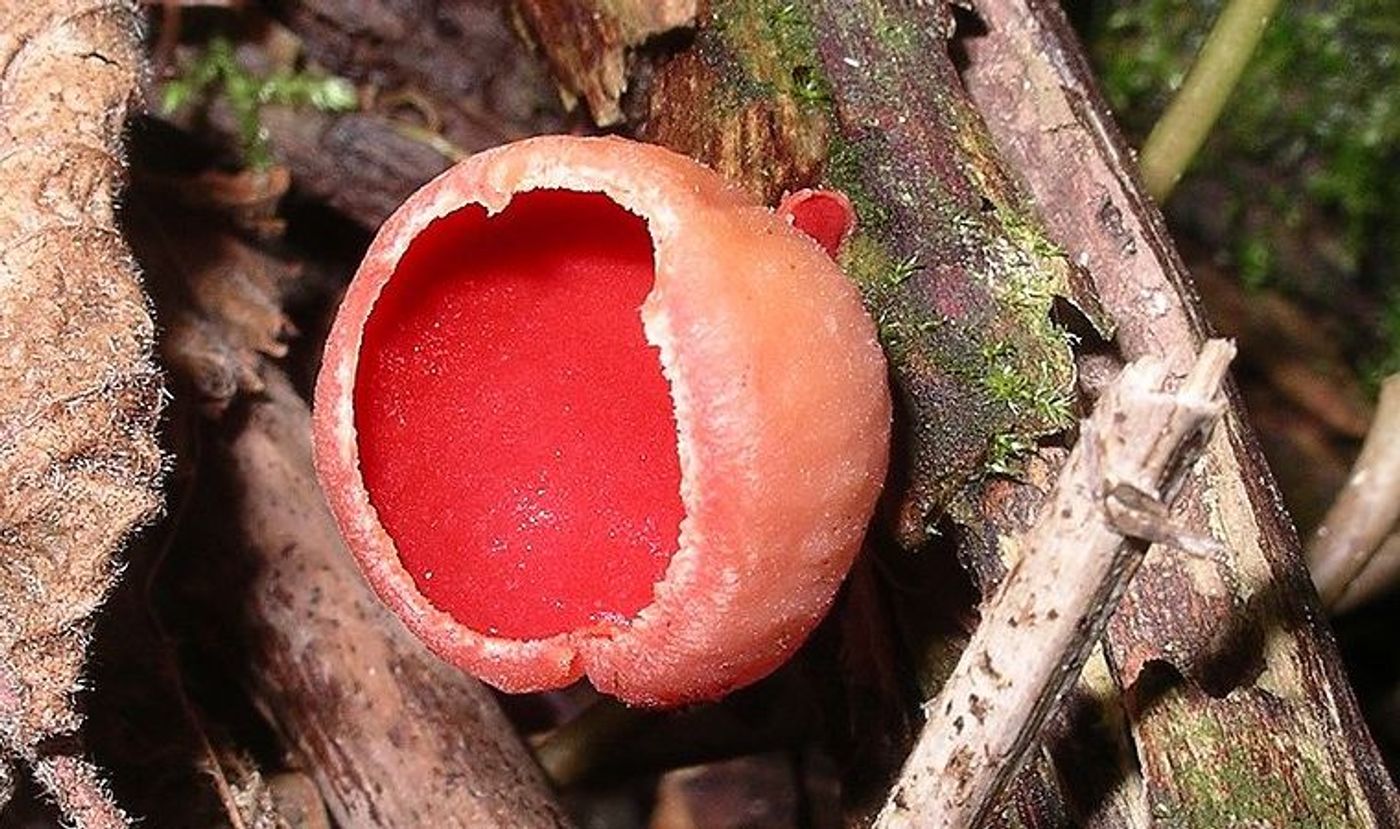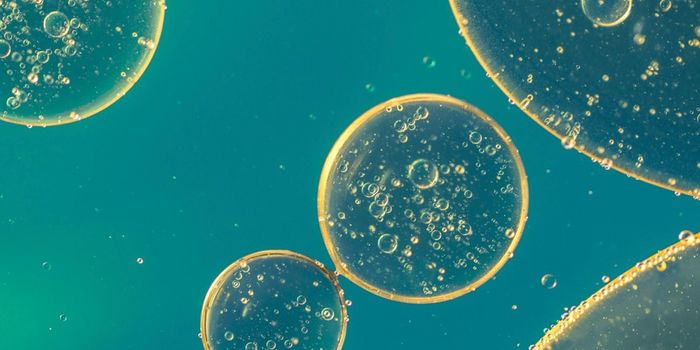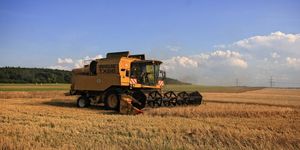Single-cell Genomics Expands the Fungal Tree of Life
There is a fungus among us. Our environment contains millions of other organisms, including fungal species that live in every conceivable place. They can be microscopic in size or might grow in a community that stretches for blocks. We don’t know very much about the millions of fungi that live on our planet, in part because many of them are difficult to cultivate and study in the laboratory. A team led by scientists from the U.S. Department of Energy (DOE) Joint Genome Institute (JGI) is aiming to change that. They’ve created a pipeline for harvesting genomes from individual cells of uncultivated fungi. Their work has been reported in Nature Microbiology.
"Most of the phylogenetic diversity represents early diverging fungi," said co-senior study author Tim James of the University of Michigan. "We know from environmental DNA surveys that they're common in many habitats, but they're presumably microscopic, so you really have to look for them. We don't know what they look like and we know we can't culture them since what you can culture is not representative of what you see in environmental DNA. We would love to be able to look at a given sample and identify what the cells might look like, but we also want to look at the genomes of the organisms and infer what they're like. That's where single-cell genomics comes in."
The researchers tested their method on a group of uncultivated fungal species that were meant to represent the earliest branches of the fungal evolutionary tree. These early-diverging fungi can provide a window into the essential genes in the fungal repertoire.
The majority of known fungi belong to two major lineages, Ascomycota and Basidiomycota, while early-diverging lineages have few representatives. The researchers are trying to expand what we know about fungal diversity.
"Conceptually, this is a pilot project," said JGI data scientist and first author Steven Ahrendt. "This is a similar idea to the approach JGI has taken with microbial dark matter - that the species are out there, but they don't show up in plate-based culturing."
The team analyzed eight fungi, some of which are mycoparasites, meaning they attack other fungi. They found that in those fungi, critical genes that involve thiamine, sulfate, and urea were missing along with others that may make it tough to grow them in a lab culture.
"That mycoparasitic lifestyle might be a factor in why these species are unculturable," Ahrendt noted.
The researchers hope that their approach can shed light on what they call ‘fungal dark matter.’ The single-cell genomics method will be used in James’ future study into fungal diversity. "What I'd really like to see is people take up this approach and tweak the pipeline to fit different organismal groups," he said. "This pilot just started the exploration by looking at unicellular aquatic organisms, and yet we have organisms in soil, in plants, and so on."
Check out James’ talk at the JGI 2018 Genomics of Energy & Environment Meeting, featured in the video.
"This work was a proof-of-principle that the single-cell genomics approach can reconstruct near-complete fungal genomes and provide insights into phylogenetic position and metabolic capacities of diverse unculturable species from environmental samples," added JGI Fungal Program head and co-senior author Igor Grigoriev. "Several genomes in this study represent the first references for fungal phyla containing mostly species that have not been or cannot be cultured. Having genome sequences and metabolic reconstructions of a broad diversity of uncultured fungal species enable us to better understand fungal evolution and expand the catalogs of genes, enzymes, and pathways for DOE science and applications."
Sources: AAAS/Eurekalert! via DOE/Lawrence Berkeley National Laboratories, Nature Microbiology









